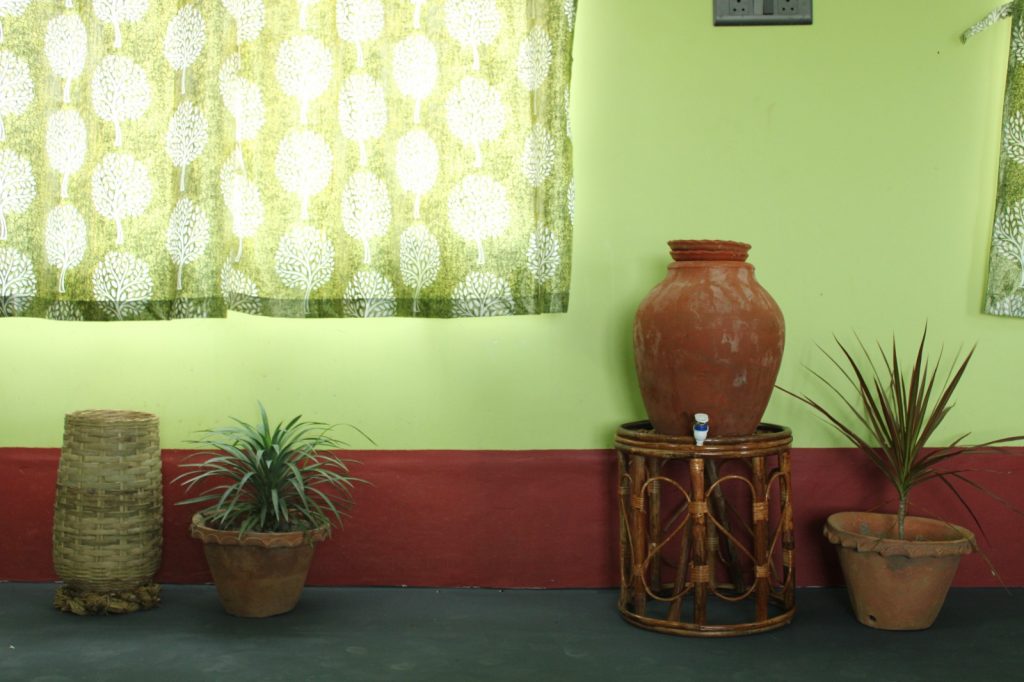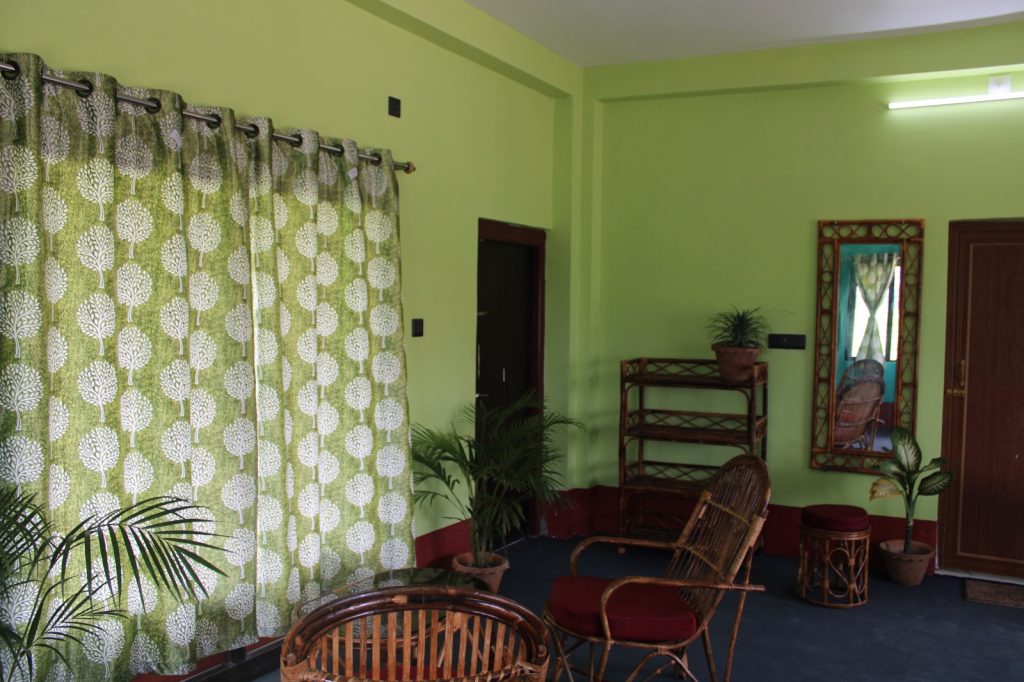Exploring the Hidden World of Kumirmari Ecotourism in Sundarbans
13 - Aug - 2023
Amidst the vast expanse of the Sundarbans, the world’s largest mangrove forest, lies a gem of an island – Kumirmari. My three-day visit to this smallest island in the Sundarbans left me in awe of its beauty and the resilience of its people. As I ventured into the village on this distant island, I was not only greeted by stunning sunsets but also got a glimpse into the lives of the local villagers, who face numerous challenges, most of which are exacerbated by the relentless storms and floods.
Sundarbans, a UNESCO World Heritage Site, is renowned for its rich biodiversity and unique ecosystem. Kumirmari, though small and remote, plays a significant role in preserving this natural wonder and fostering sustainable ecotourism. During my stay, I had the opportunity to interact with the villagers and learn about their struggles and how ecotourism is making a positive impact on their lives.
As I strolled through the village, I was struck by the warm and friendly nature of the locals. They were eager to share their stories and experiences with me, despite their challenging circumstances. Living on an island means being at the mercy of the tides, and with rising sea levels due to global warming, these once-in-a-blue-moon natural disasters are becoming increasingly common.
The floods that regularly sweep through Kumirmari have a lasting impact on the villagers’ lives. The soil becomes salted, making farming extremely difficult, and adversely affecting their crop yields. Many villagers depend on agriculture for their livelihood, and these climate-induced adversities have severely affected their income and food security.
I had the privilege of meeting some of the local honey collectors, who have traditionally relied on the jungle’s natural bounty for their livelihood. However, they told me that recent times have made honey collection increasingly difficult. The changing climate and human encroachment on the forest have disrupted the delicate balance of nature. This has led to a decline in the honeybee population and the availability of honey, impacting the livelihood of these collectors.
Despite the hardships they face, the villagers of Kumirmari are incredibly resilient and resourceful. I learned that many of their family members have moved to the city to find work and send money back home. This has become a common trend among rural communities across the world. The village relies heavily on remittances, which serve as a lifeline, helping them cope with the challenges of their environment.
One of the silver linings in the lives of the villagers is Kumirmari Ecotourism. This initiative has provided them with an alternative source of income while teaching them the value of preserving their natural surroundings. The local community plays an active role in serving the tourists, offering them a glimpse into their culture, traditions, and way of life.
What impressed me the most was the commitment of Kumirmari Ecotourism to sustainability and responsible tourism. The villagers are educated about ecotourism practices, ensuring that the influx of visitors does not harm the delicate ecosystem. Instead, it seeks to enhance the natural beauty and wildlife of the Sundarbans.
By engaging in ecotourism, the villagers of Kumirmari have found a way to protect their environment while showcasing its wonders to the world. The income generated from tourism has created more opportunities for the villagers to improve their lives and invest in education and healthcare.
My experience in Kumirmari opened my eyes to the harsh realities of climate change and its impact on vulnerable communities. The islanders are at the forefront of experiencing the effects of global warming, even though their carbon footprint is minuscule compared to the urban centers.
I left Kumirmari with a renewed sense of responsibility. As travelers, it is our duty to support sustainable ecotourism ventures like Kumirmari Ecotourism and promote responsible travel practices. By doing so, we can ensure that future generations will also get to witness the breathtaking beauty of places like the Sundarbans and experience the warmth of its resilient inhabitants.
In conclusion, my trip to Kumirmari Ecotourism in Sundarbans was an eye-opening experience. It allowed me to witness the beauty of nature and the strength of the human spirit. I saw firsthand how climate change is affecting the lives of the villagers and how ecotourism is offering a ray of hope in their otherwise challenging circumstances. As travelers, we can play a crucial role in supporting such sustainable initiatives and making a positive impact on the lives of the people and the environment.





